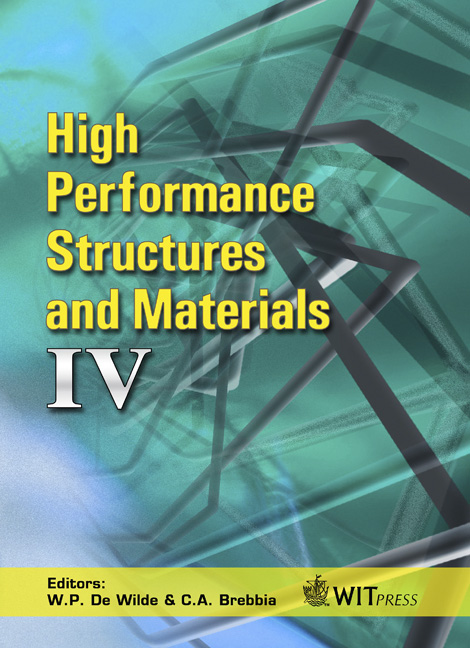Bending Resistance Of High Performance Concrete Elements
Price
Free (open access)
Transaction
Volume
97
Pages
8
Page Range
89 - 96
Published
2008
Size
380 kb
Paper DOI
10.2495/HPSM080101
Copyright
WIT Press
Author(s)
D. Mestrovic & L. Miculinic
Abstract
Our previous research was focused on reactive powder concrete (RPC). In this article high performance concrete (HPC) will be analyzed. With high performance concrete both load bearing capacity and esthetics are combined to achieve superior structure. Due to lesser dimensions of walls and columns, space in high rise buildings is better utilized. With the combination of steel with high yield strength and ductility, difficulties with dense longitudinal and shear reinforcement are avoided. In this article current knowledge about the properties, technology and composition of high strength concrete is presented. Important parameters needed for the analysis of load-bearing (ultimate limit state), ductile and serviceable (serviceability limit state) reinforced concrete elements subjected to bending, with or without longitudinal force, are considered. These parameters are: design of compressive stress diagram, ductility, deflection, and crack width restraint. The impact of tensile, compression and shear reinforcement are analyzed. The results are compared with values for normal strength concrete. The use of high strength concrete is recommended. Keywords: high performance concrete, bending resistance, ductility. 1 Introduction Concrete with compression strength of more than 60 N/mm2 is called high performance concrete (HPC). The first high performance concrete was made in 1960. Today, concrete classes C55/57 to C110/115 (according to EC2 regulations) are called high performance concretes. Concretes with higher compression strength are called ultra high performance concretes. It must be noted that high performance and ultra high performance concretes have
Keywords
high performance concrete, bending resistance, ductility.





